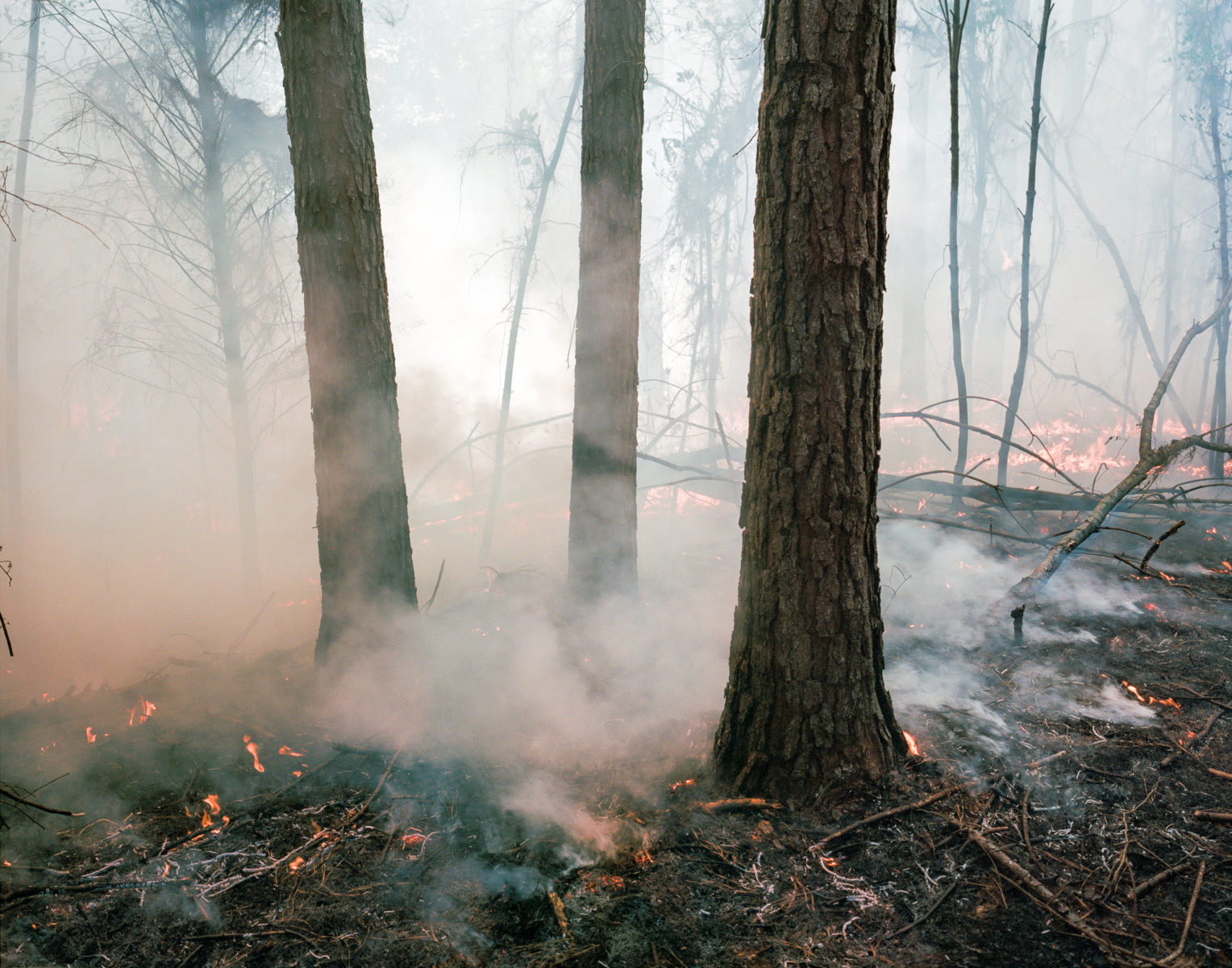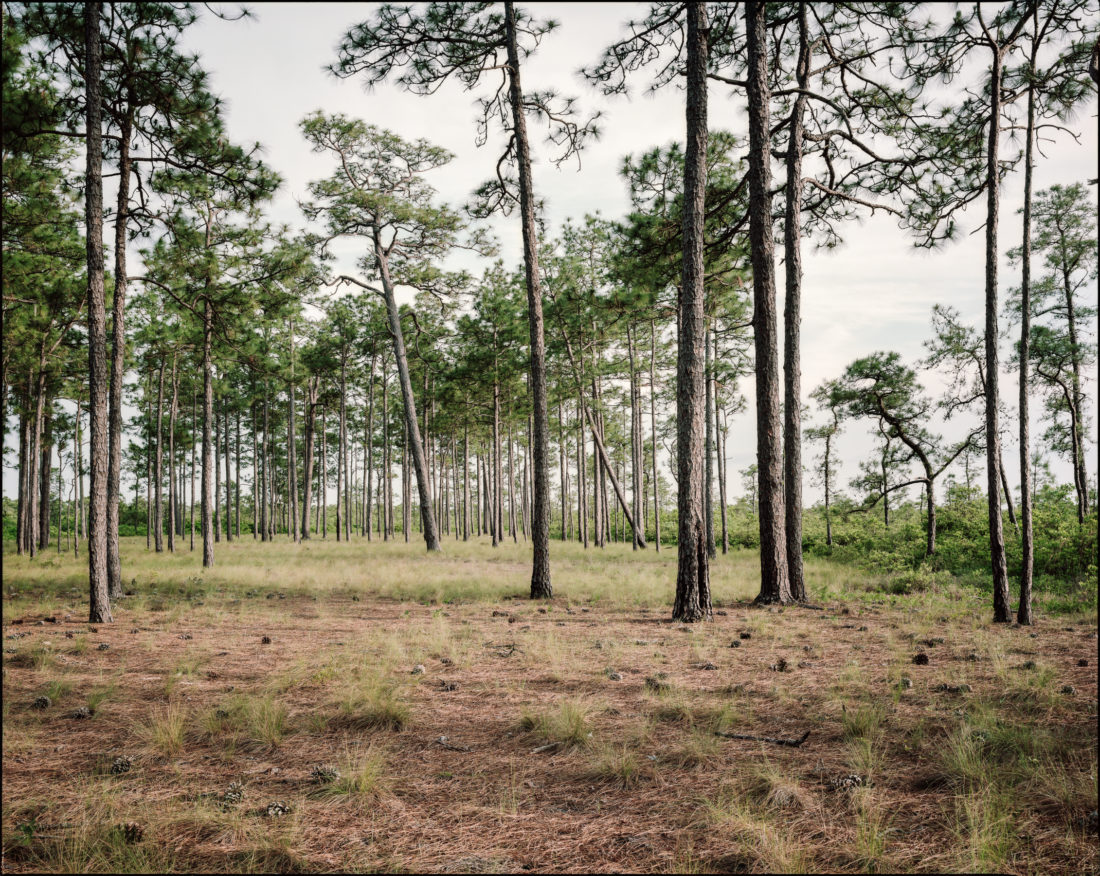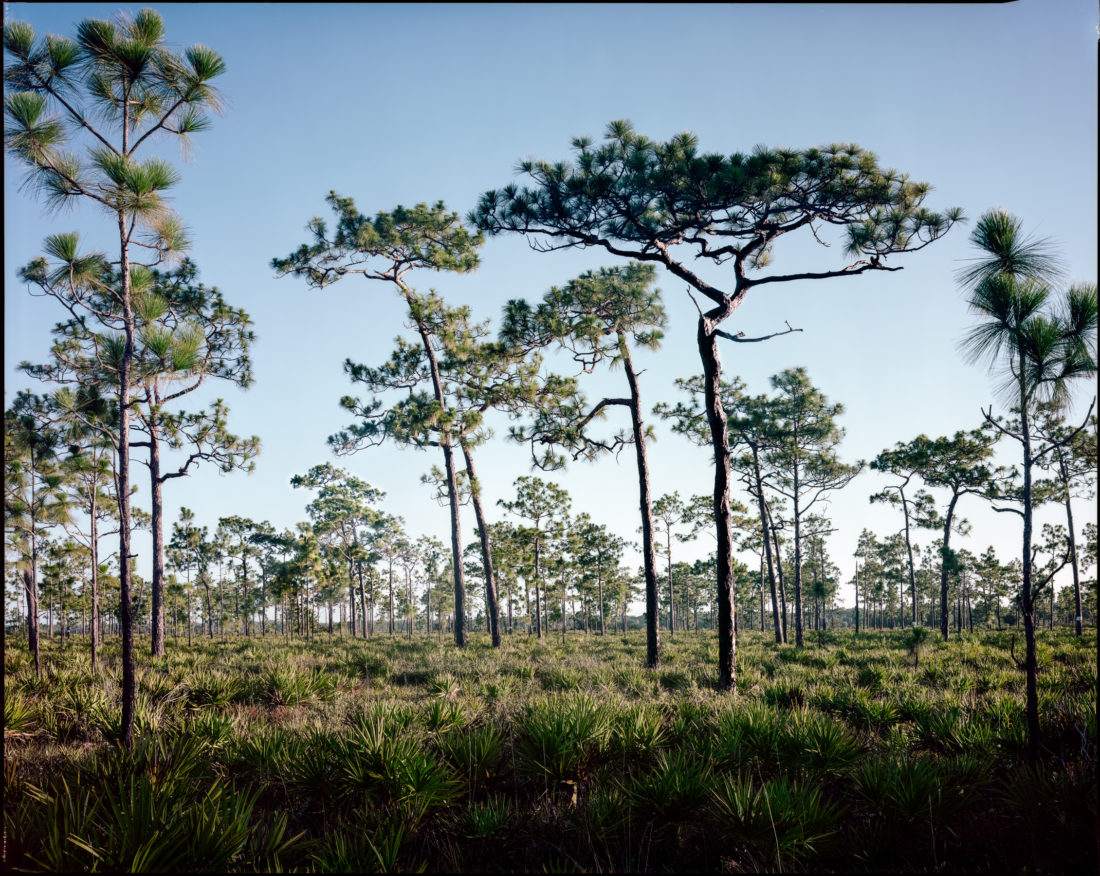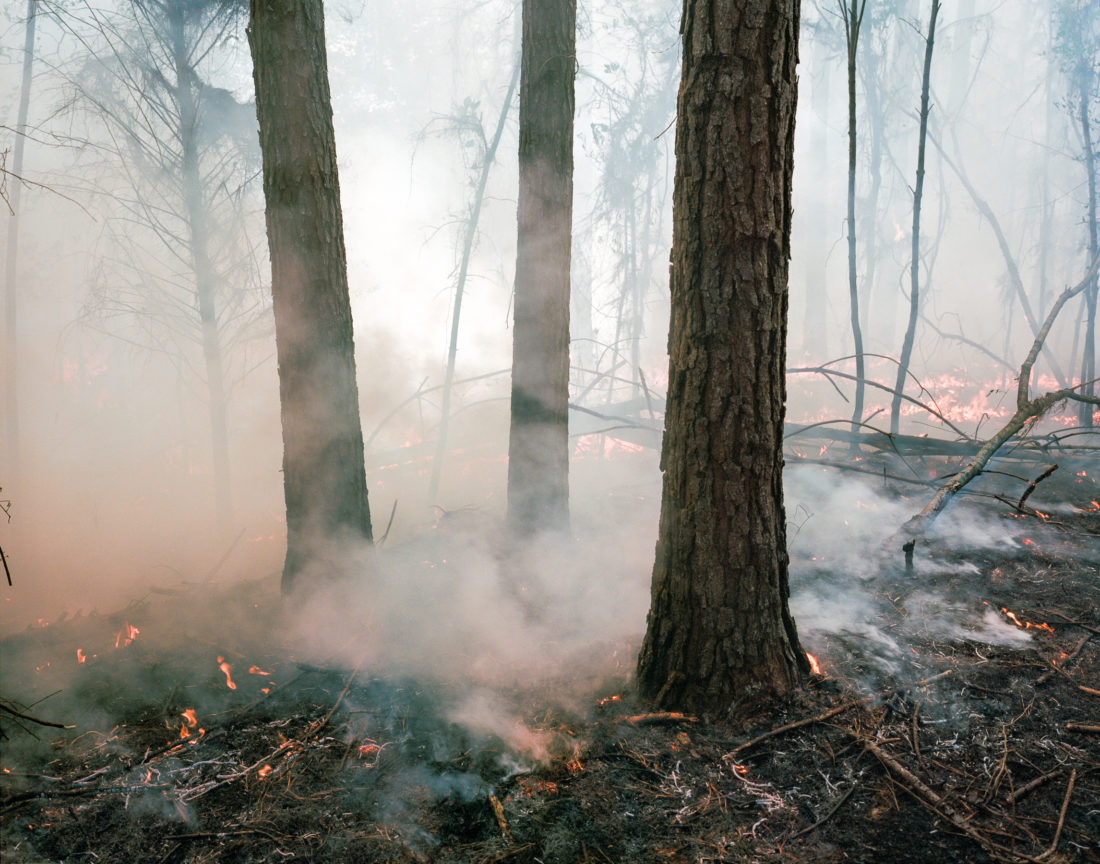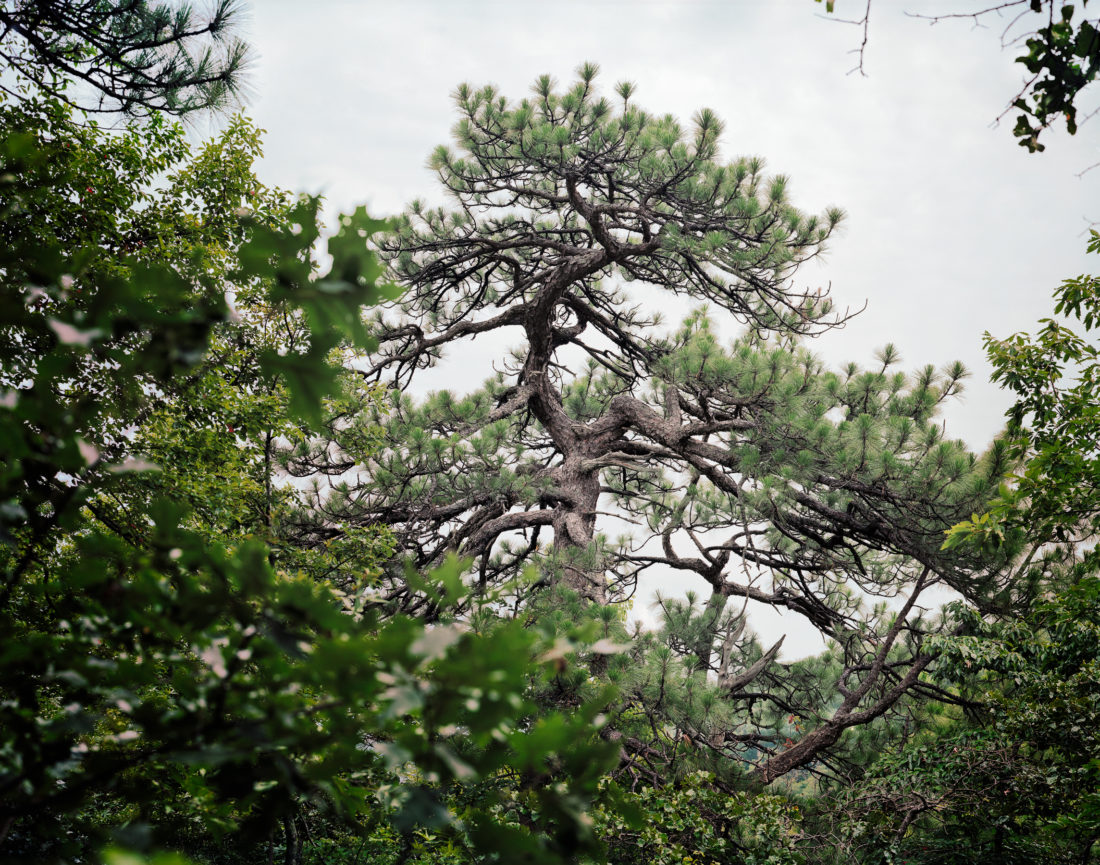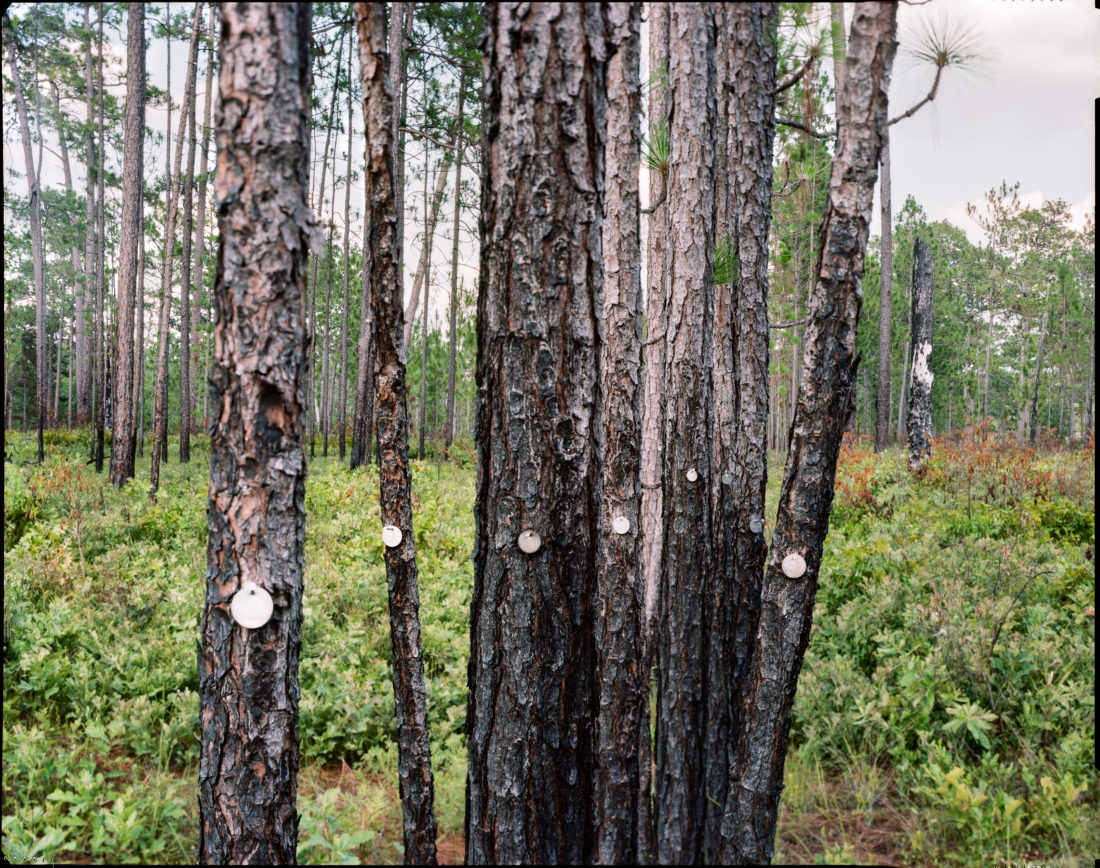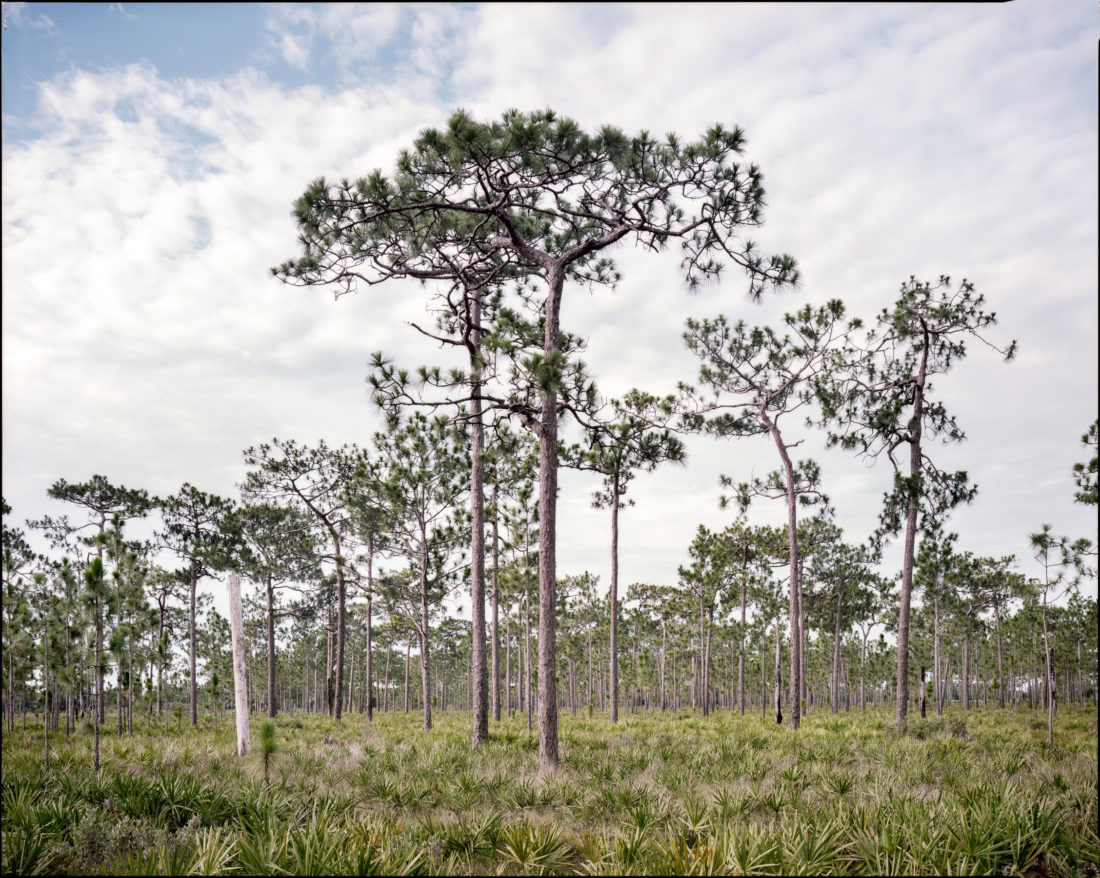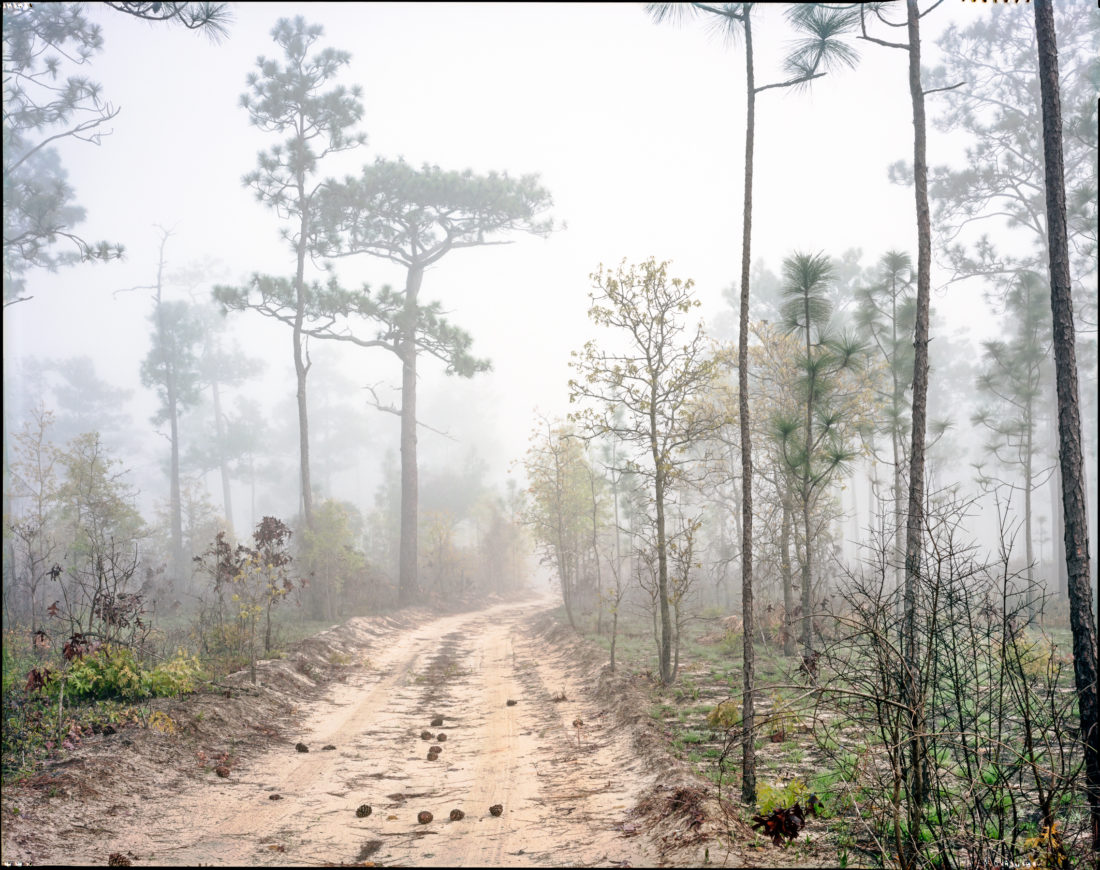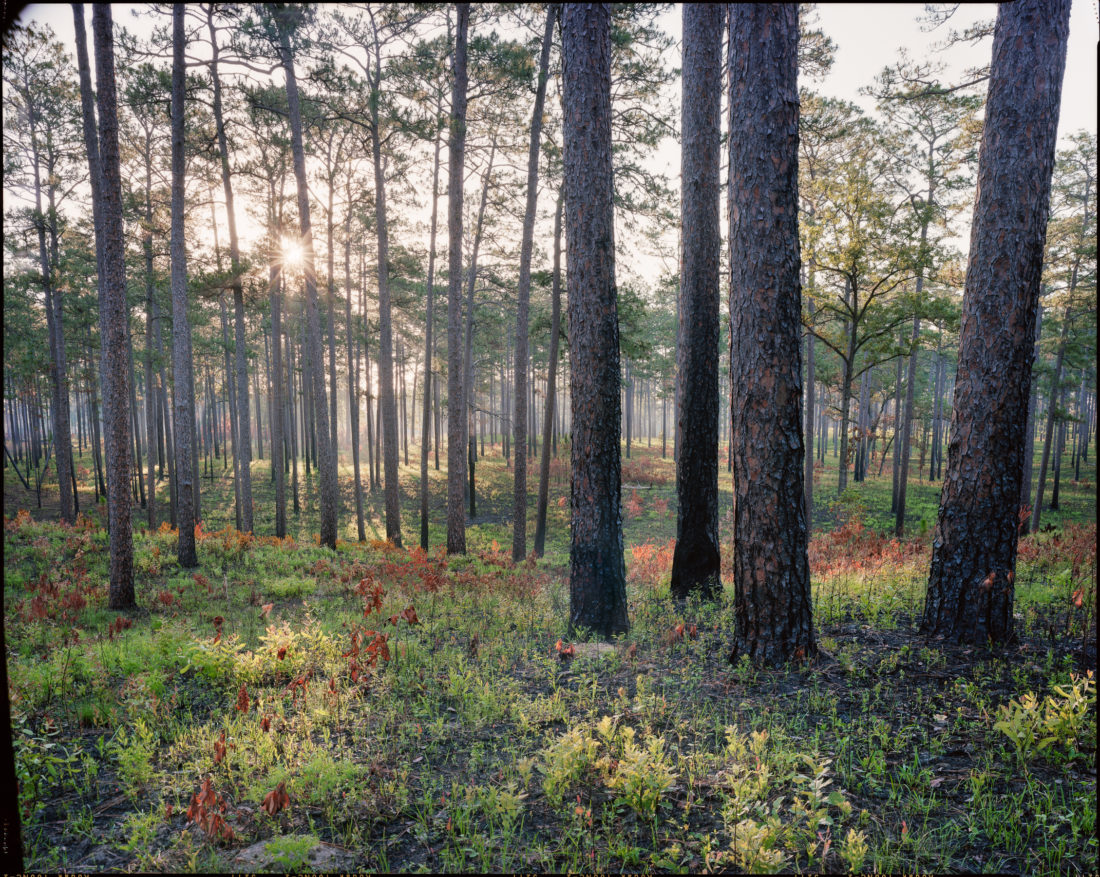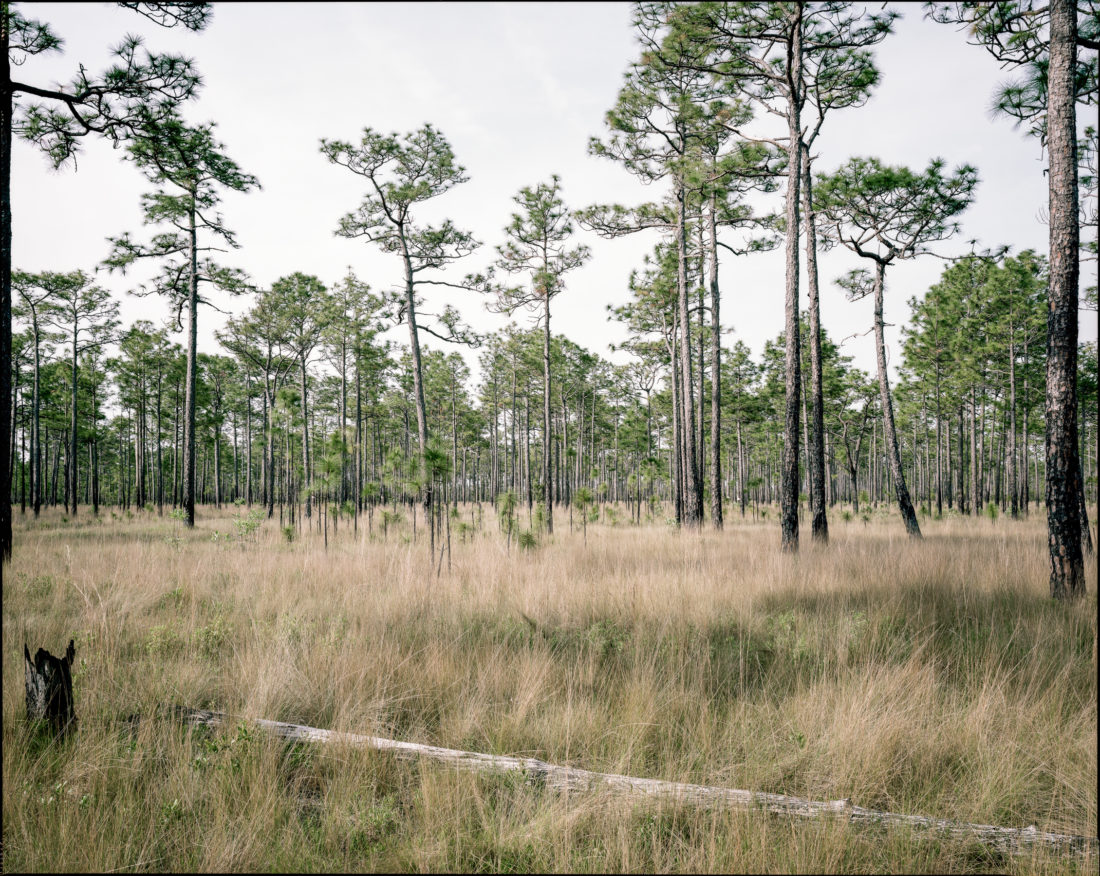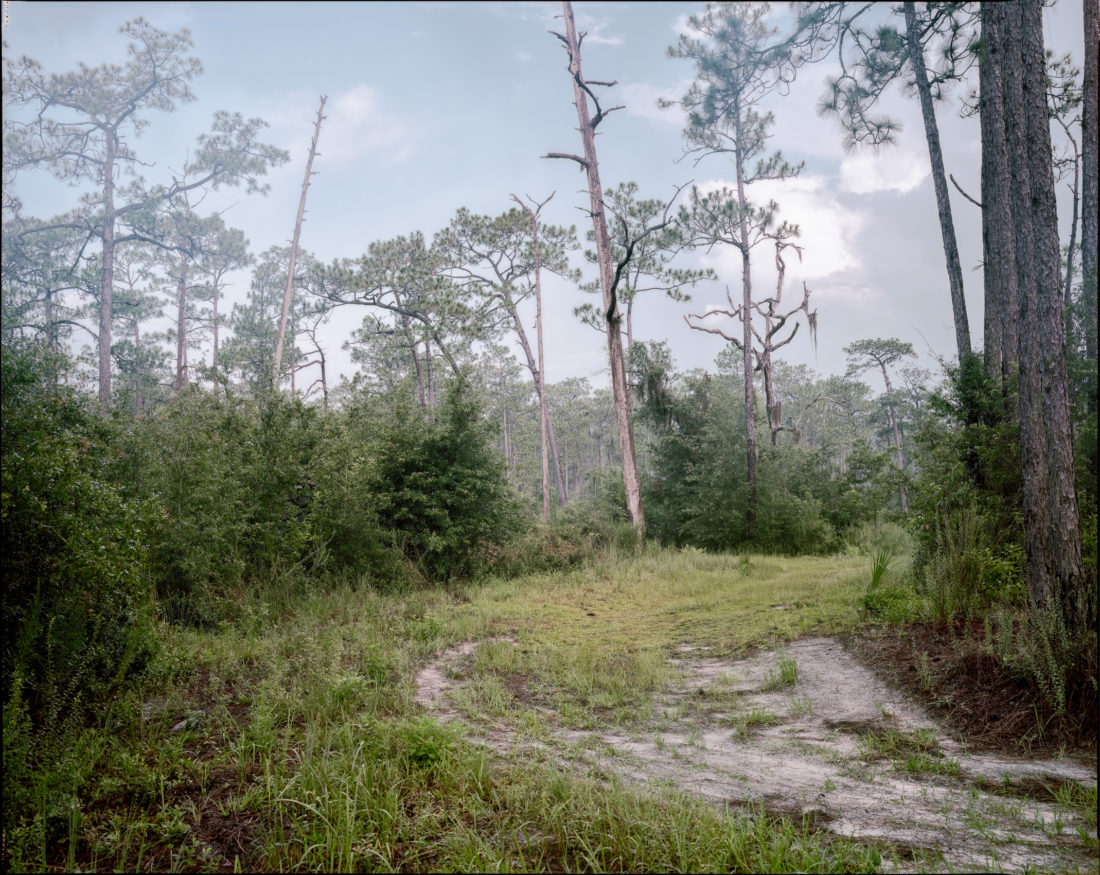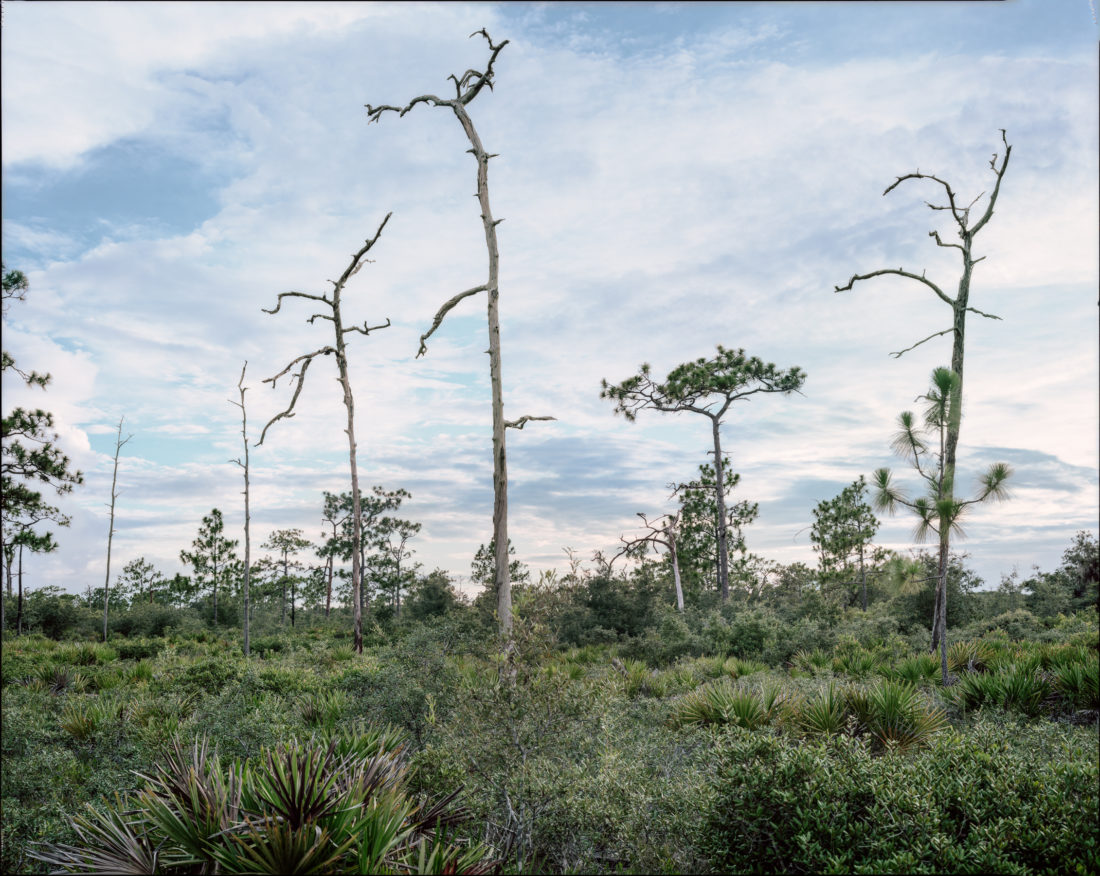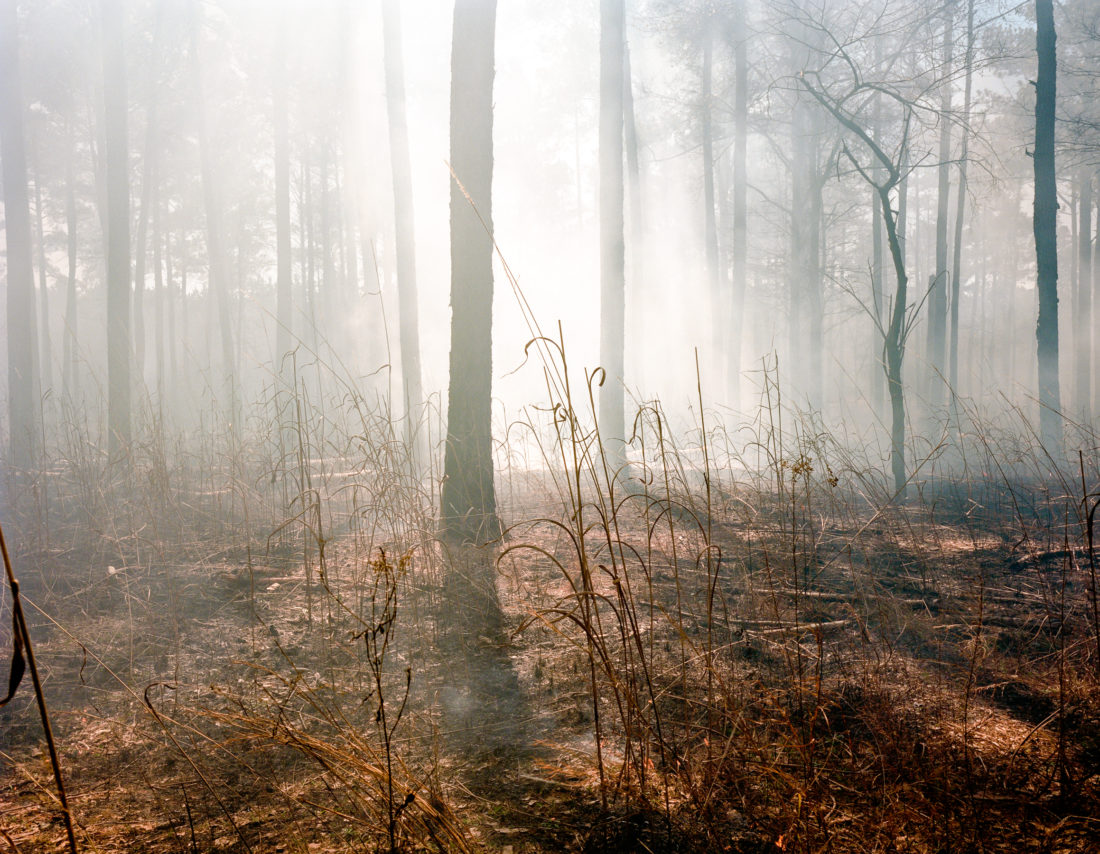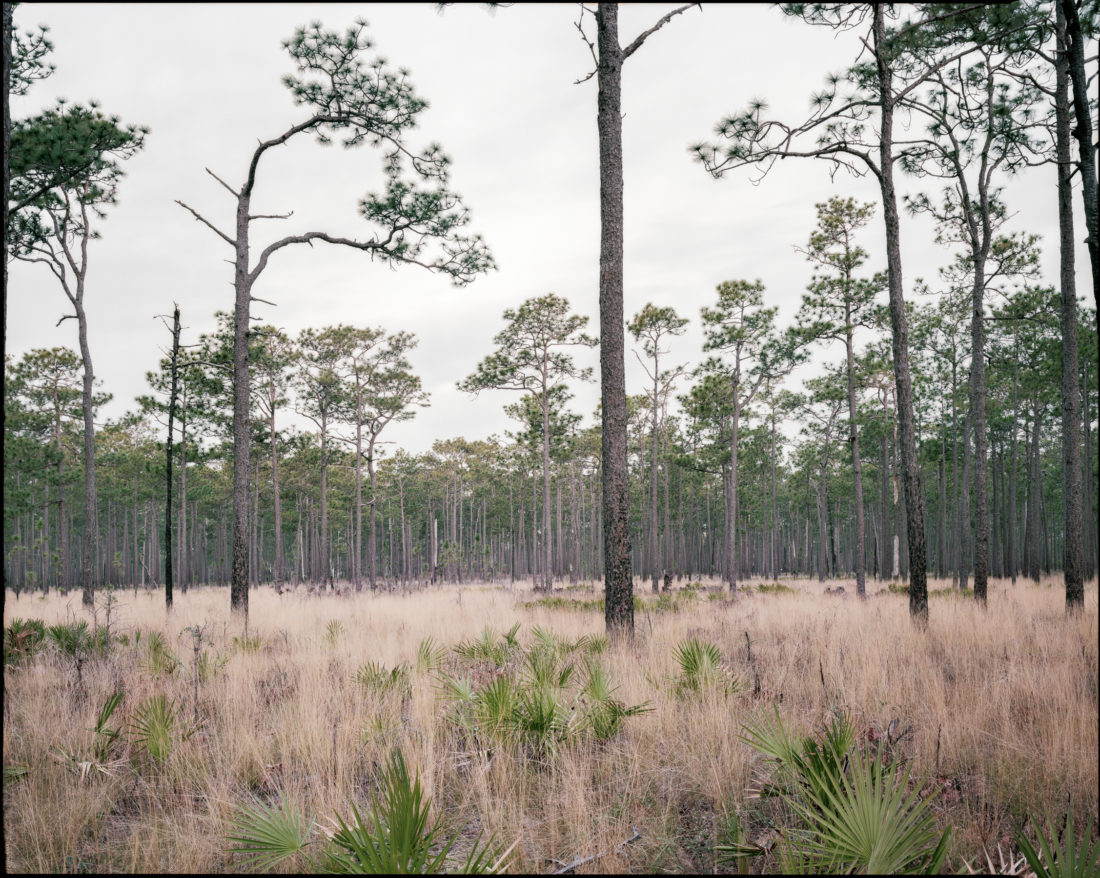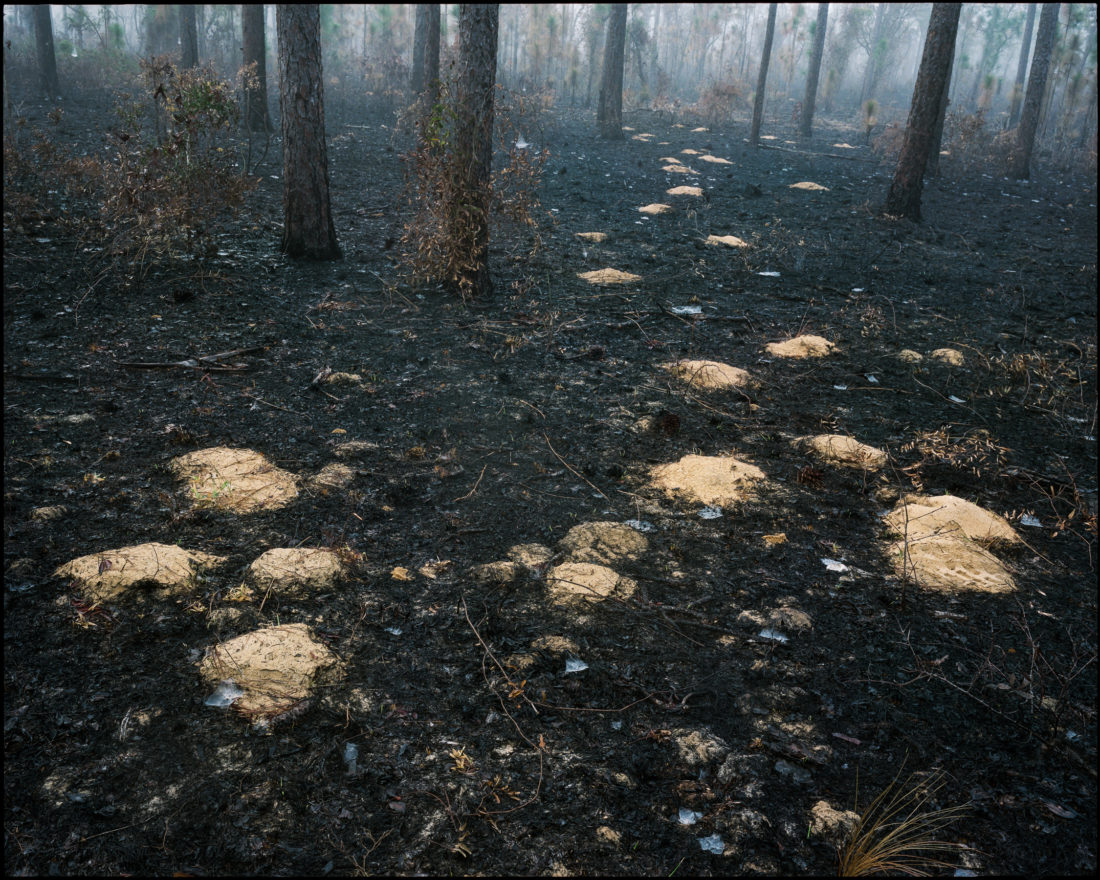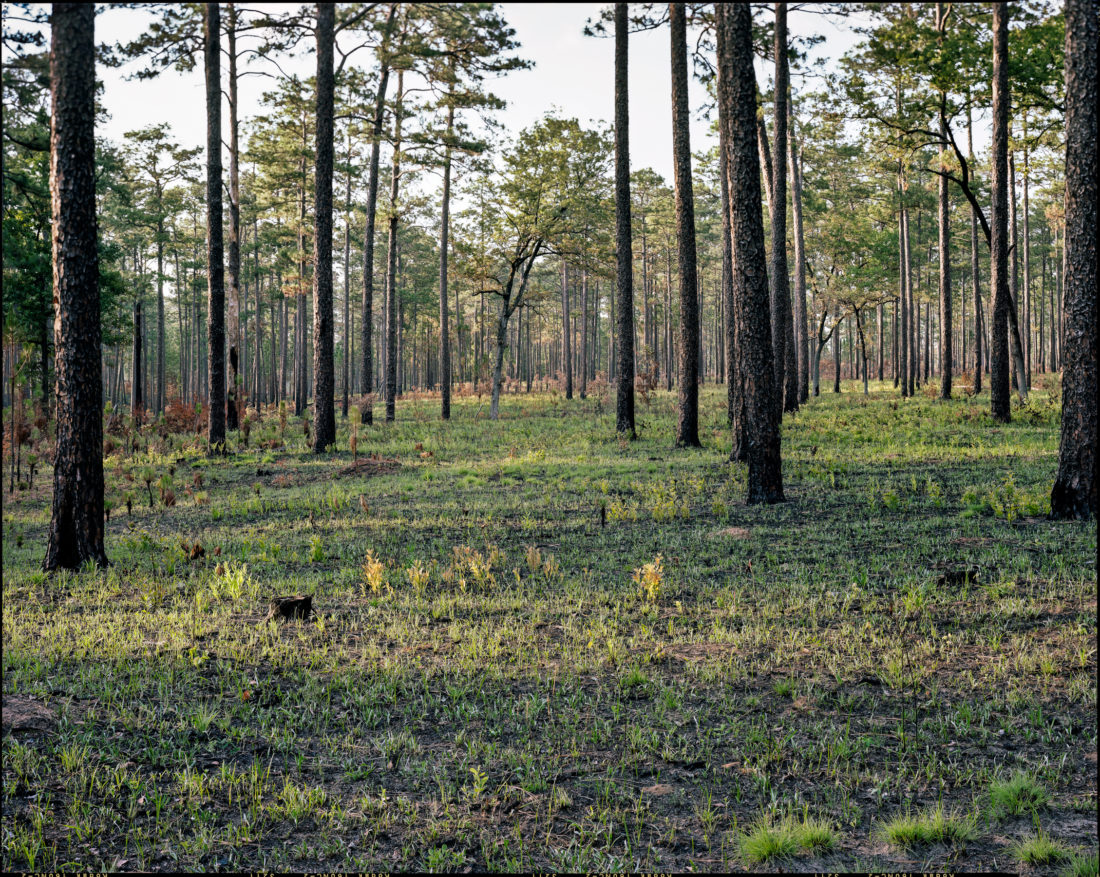Arts & Culture
A Photographer’s Ode to the Longleaf Pine
A Sunday drive down the South’s backroads yields no shortage of pine trees, but very few of those forested tracts are dominated by the longleaf pines that once blanketed some ninety million acres of the Southern coastal plain, from Virginia to eastern Texas. Growing up in the pine belt of Mississippi, photographer Chuck Hemard remembers seeing longleafs in the woods that bordered his boyhood home, and the majestic, flat-topped trees left a lasting impression. “Landscape and how it relates to identity is something I’ve been studying for a while,” Hemard says. “In my mind, there is a conflict between the notion of progress and sense of place.” His new book of photography, The Pines, is the result of years spent crisscrossing the Deep South in search of the vestiges of old-growth longleaf forests, some home to trees more than four hundred years old.
Tracking down what few longleaf stands remain was no easy task considering the last hundred and fifty years or so, when the demand for timber, tar, and turpentine as well as the conversion to agricultural land and decades of fire suppression decimated the ancient forests. Biologists estimate three percent or less of the South’s original longleaf acreage still exists today. But that didn’t stop Hemard from toting fifty pounds of gear and an old-school 8×10 camera into the woods to capture the stunning sixty-plus images included in the book. He even became certified as a prescribed burn manager in Alabama to better understand the critical role that fire plays in maintaining the longleaf ecosystem. His hope is that his photographs will lure folks into the conservation conversation. “I think we need to look through lenses other than economic,” he says, “or at least seek a better balance.”
